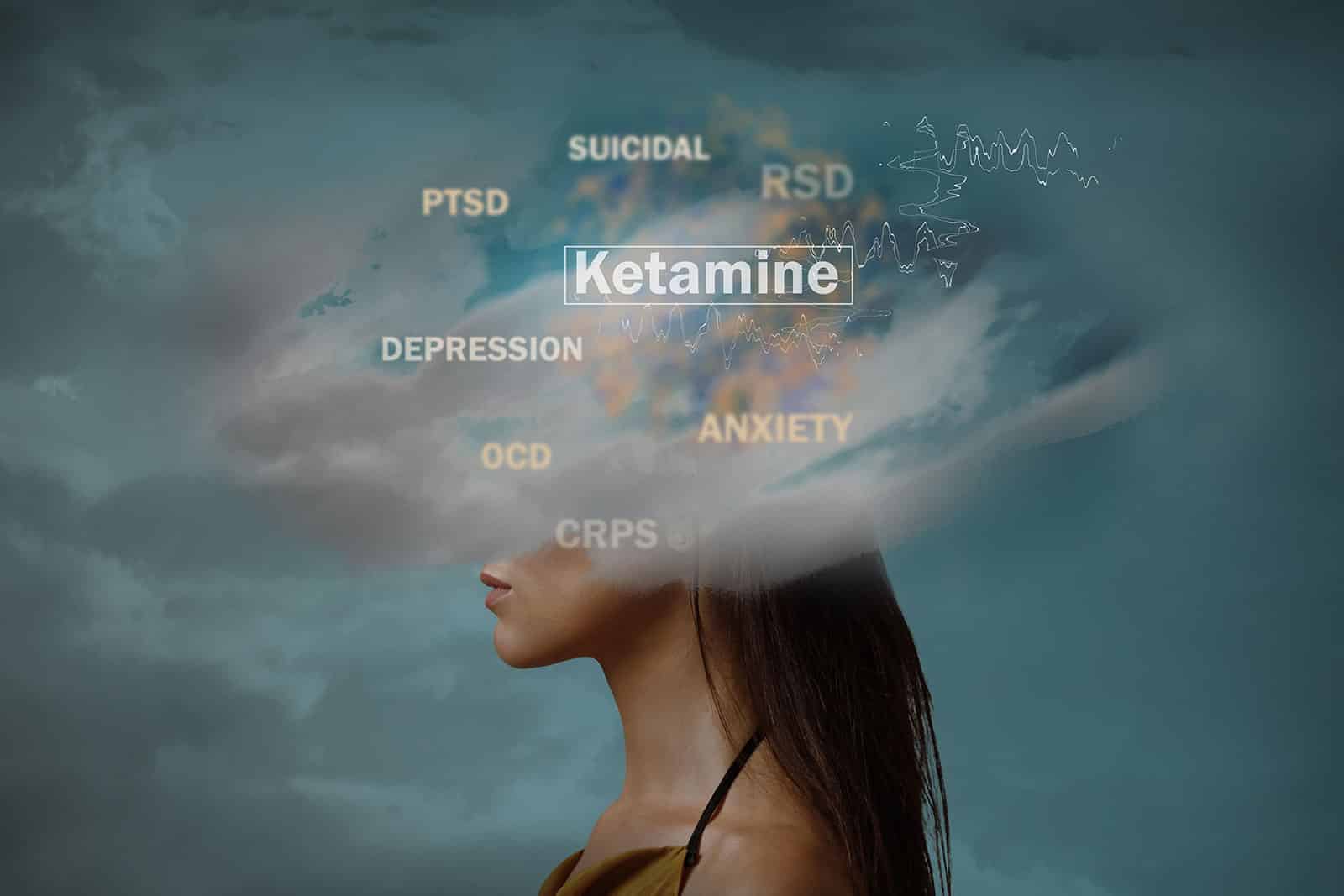Percocet Addiction
Get in touch with our experienced addiction treatment experts and overcome any long-term Percocet dependency or substance abuse.
What is Percocet?
Percocet is a combination of medication that helps relieve moderate to severe pain. It contains an opioid (narcotic) pain reliever – oxycodone – and a non-opioid pain reliever, acetaminophen. The active component, Oxycodone, works in the brain to change how your body feels and responds to pain. While the amount of acetaminophen in Percocet is fixed, oxycodone usually varies. Percocet tablets are available in four combinations of oxycodone hydrochloride with 325 mg of acetaminophen. The tablets, which are typically round or oval, range in color from pink to peach or white.

The Oxycodone in Percocet
The US Drug Enforcement Administration (DEA) reports that some 1.9 million Americans take oxycodone illicitly. Although Oxycodone is more strictly regulated than other prescription opioids, there is a spike in addiction and abuse. Street names include OC, OX, oxy, oxy cotton, ocean, and kicker. There are many Percocet drug treatment programs in NY and out-of-state that deal with treating prescription pain pill addiction.
Oxycodone is an opiate. In other words, it belongs to a class of drugs derived from the opium poppy, which is an agricultural crop valued for food and medicine. However, it is not extracted from the plant itself, but rather a human-made version that replicates the chemicals found in opium derivatives. In a broader sense, Opiates such as oxycodone belong to a class known as narcotics. These drugs provide pain relief and induce sleep.
Percocet Addiction and Withdrawal Symptoms
Many people wrongly assume that oxycodone and other prescription drugs are safer than illegal street drugs. They are just as bad and result in a similar display of addiction as illicit drugs. Like other opioids, oxycodone attaches to specific opioid receptors in the brain. When it binds to these receptors, opioids diminish the user’s perception of pain and elicits a feeling of euphoria (or drug high). This is what makes Oxycodone highly addictive. Many users seek higher and more frequent doses to achieve a feeling of euphoria or high.
Often, abuse begins when a person for whom Oxycodone has been prescribed for legitimate purposes becomes addicted to it. As of 2010, an estimated 5.2 million Americans reported using prescription opioid painkillers for nonmedical purposes. A person may become addicted to the drug and begin to crave increasingly larger doses to achieve the euphoric feeling.
General withdrawal symptoms associated with Percocet include:
- Restlessness
- Mood swings
- Anxiety
- Insomnia
- Watery eyes
- Runny nose
- Nausea
- Diarrhea
- Sweating
- Muscle aches
Treatment Programs for Percocet Addiction
Many oxycodone addicts who intend to quit find it impossible to do so without help. Withdrawal from long-term Percocet use can create very unpleasant symptoms. Users often exhibit calm, relaxed behavior while on the drug, but then experience wild mood swings, intense sensitivity to light and sound, delusions, and pain when off the drug.
New York Percocet Addiction Treatment typically involves gradually weaning the user off the drug in a process called detoxification (detox). Often, detoxification may involve replacing the oxycodone used with another drug that provides a similar effect, thereby reducing the adverse effects of withdrawal. At present, methadone and buprenorphine are medications used in heroin and prescription opioid addiction treatment.
Treatment professionals emphasize that treating the physical addiction alone through detox may have little impact on the addiction. Thus, behavioral therapy is key to any successful treatment program. Therapists employ strategies that teach patients how to handle cravings, avoiding situations that could lead to drug use, preventing and handling relapses. Support groups in which addicts can share their stories of addiction, and the path to recovery are essential to recovery as well.
Find Percocet Addiction Treatment in NY
Abuse rates are alarmingly high in East Coast cities, especially New York. The Wall Street Journal reported that the number of oxycodone prescriptions in New York City doubled between 2007 and 2010. In 2010, more than 1 million prescriptions for drugs containing oxycodone were filled in the five boroughs. This roughly amounts to one prescription for every eight New Yorkers.
Treating addiction requires tackling its root causes and addressing the side effects of recreational use of the drug. Whether you or a loved just started using or have gone through detox and relapsed, Mid Hudson Addiction Recovery can help you in your fight against the Percocet addiction. We are always available to discuss your needs for in-town treatment. We will connect you with the best Percocet rehab centers in NY and out-of-state that are best suited for you.
Addiction Resources for New York
Residents of New York searching for addiction help now have plenty of resources to fight substance abuse. Our team of professionals is here to guide and support you during this difficult time. We work with a variety of Hudson Valley addiction treatment programs personalized to fit your needs:
- Heroin Rehab in New York
- Heroin Detox in New York
- Alcohol Detox in New York
- Alcohol Rehab in New York
- Drug Detox in New York
- Drug Rehab in New York
- Crack Cocaine Rehab in New York
- Xanax Rehab in New New York
- Xanax Detox in New New York
- Fentanyl Detox in New York





